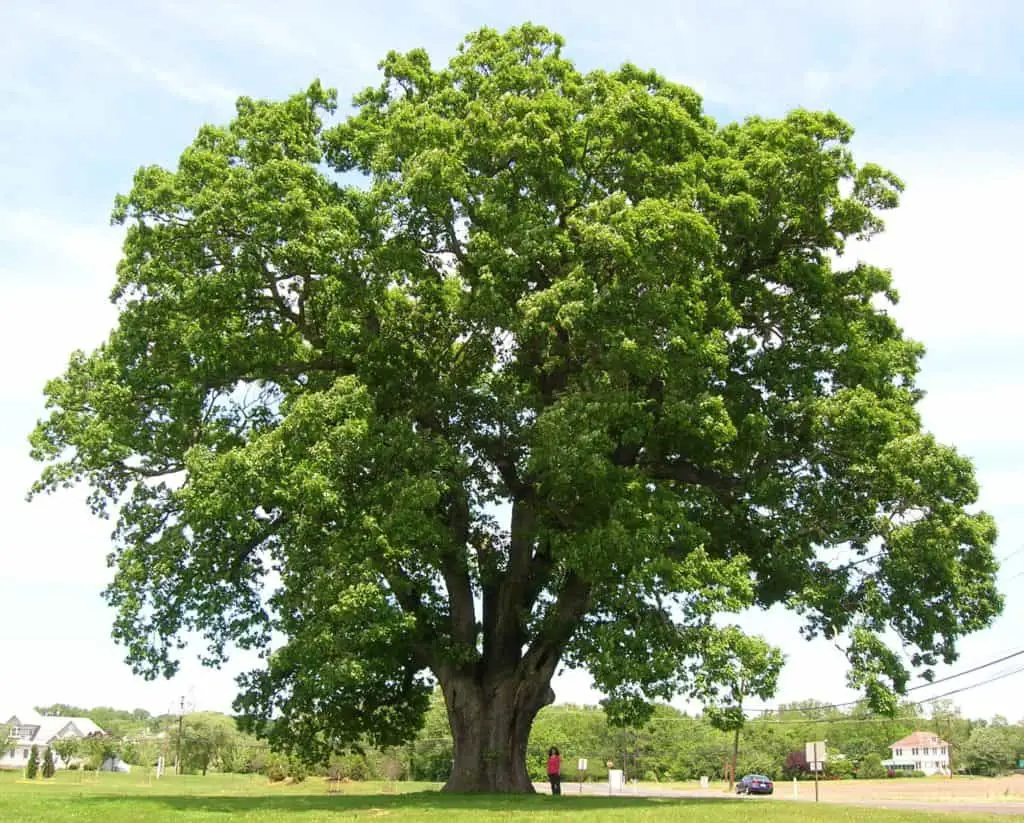To achieve a more durable, protective, water and temperature-resistant finish. A final coat of finishing material is necessary.
Choose from the various options available, oil, varnish, polyurethane, lacquer, shellac. Using Polyurethane is also a good decision.
Table of Contents
why do you need polyurethane after staining?
Stains enhance the natural beauty of wood furniture, makes it shine, and prevent some basic damages caused by water, insects, etc.
Their coats soak into wood grains by penetrating into the surface.
As the end result, close to no layer is formed. That’s why achieving protection from scratches, other damages, leaves behind.
The finishing coats, for instance, coats of polyurethane form a thick layer on a surface.
Unlike stains, the layers don’t penetrate grains of wood, instead always remain at the top like a thick-plastic cover.
It’s to protect a wooden surface from damages caused by scratches, as well water or temperature effects are also lower down.
Can you polyurethane a freshly stained wood?
No. You are not advised to apply any coat of polyurethane on freshly stained wood.
Unless the stain completely gets dried, penetrated into wood, and cured to the touch.
When to apply polyurethance after staining?
Polyurethane should be applied between 24 and 48 hours after the stain has dried. It is better to wait an extra day before applying polyurethance.
if you are not sure about the stain’s dryness and if the factors such as humidity, temperature, are taking place. take a longer time to get dried to the touch.
In fact, even if the top surface feels dry, does not mean that it’s cured thoroughly.
As penetrating adhesives, they have to soak into a surface all the way. Which takes extra time.
Undoubtedly the time taken for stains to get cured is long. It’s because of the fact, the molecules go
What finishes polyurethane can achieve?
Almost every kind of wood finish can be achieved by applying polyurethane.
Or can be maintained. Such as if you want to keep that high glossy look on your wood furniture that is only stained.
Using a polyurethane product available in a high gloss finish will do the trick.
Regardless of the finishes, the durability factor is common for all.
- Satin: This finish reflects lights, but not that much as high gloss. Ideal for indoor and outdoor purposes to have a surface that’s neither highly reflective nor matte.
- Glossy: Indoor furniture is basically ideal for this coat of polyurethane. Adds an incredibly super glossy, shiny, finish on a surface. However, this needs maintenance as very small dust particles will be visible.
- Mate: For minimal maintenance, this is the best option you can go after. Being almost non-reflective, the dust particles do not feel visible. But, the truth is, the finished coat does not feel shiny.
How to apply polyurethane to stained wood?
Applying polyurethane can be easy as well as difficult. Depending upon the applicator’s skills and the method used.
With that being said, polyurethane can be applied by using a brush, spraying, or by a piece of cloth. Each method depends on the nature of poly you’re using.
As a polyurethane suitable for applying with a brush, might not give the best result when spraying- and this implies vice versa.





